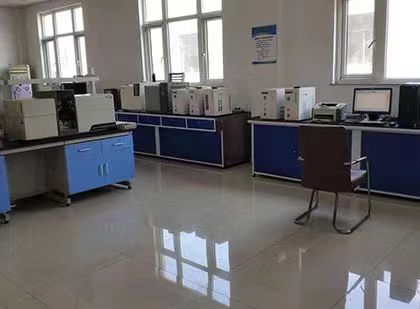Quality Asurance, Instrument Monitoring and Analysis
Quality Assurance:
Quality assurance (QA) is a process that focuses on ensuring that a product or service meets specified requirements and standards. It involves systematic activities to prevent, identify, and correct deviations from quality standards. In the context of instrument monitoring and analysis, QA can be applied to ensure that the instruments used for monitoring and analysis are functioning properly and providing accurate and reliable results.
Some key components of quality assurance in instrument monitoring and analysis include:
Equipment Calibration: Regular calibration of instruments is essential to ensure accuracy in measurement. Calibration involves comparing the measurement values obtained from an instrument to a known reference standard and adjusting the instrument if necessary.
Equipment Maintenance: Proper maintenance of instruments is crucial for their reliable performance. Regular cleaning, inspection, and repair of instruments helps to prevent malfunctions and ensure accurate measurements.
Data Verification: QA involves verifying the accuracy and reliability of data obtained from instruments. This can be done through data validation, which involves checking for outliers, inconsistencies, and anomalies in the data.
Standard Operating Procedures (SOPs): Implementing and following standardized procedures for instrument operation, data collection, and analysis are important aspects of quality assurance. SOPs provide a consistent and reliable framework for conducting monitoring and analysis activities.
Instrument Monitoring:
Instrument monitoring involves continuous monitoring of various parameters and variables using specialized instruments. This ensures that the measurements are accurate, reliable, and within acceptable limits. Instrument monitoring is commonly used in industries such as manufacturing, environmental monitoring, healthcare, and research.
Some examples of instruments used for monitoring include:
Temperature sensors: Used to monitor and control temperature in industrial processes, storage facilities, and environmental monitoring.
Pressure gauges: Used to measure and monitor pressure in pipes, tanks, and other systems.
Flow meters: Used to measure and monitor the flow rate of liquids or gases in pipelines and channels.
pH meters: Used to measure and monitor the acidity or alkalinity of a solution.
Gas analyzers: Used to monitor the concentration of specific gases in the air, such as carbon dioxide, oxygen, and hazardous gases.
Instrument monitoring is typically performed in real-time or at regular intervals to provide continuous data for analysis and decision-making.
Analysis:
Analysis involves the interpretation of data obtained through monitoring activities to extract meaningful insights and make informed decisions. In the context of instrument monitoring and analysis, data analysis can include various techniques and methods such as statistical analysis, trend analysis, data visualization, and predictive modeling.
The goals of analysis in instrument monitoring include:
Identifying patterns and trends in data to understand the behavior of monitored variables.
Detecting anomalies or deviations from expected values that may indicate problems or abnormalities in the monitored process or system.
Making predictions or forecasts based on historical data and patterns.
Generating reports or summaries to communicate the findings of the analysis to relevant stakeholders.
Data analysis in instrument monitoring can be performed using software tools, data visualization techniques, and statistical methods to derive meaningful insights and support decision-making processes.


